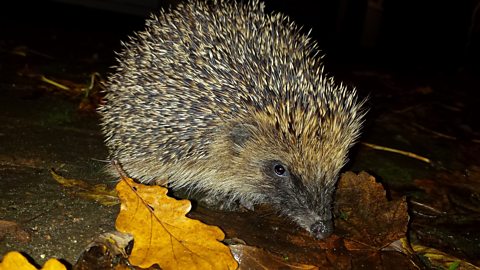Look at the huge ocean. Miles and miles of water. We can't live without water. Nothing can live without water.
These animals live in the water. They couldn't survive unless there was a lot of water around them. They have clever ways of moving around and look very graceful.
The octopus is an amazing creature. It's got eight arms called tentacles that sway in the water looking for food. It scoots along the ocean floor, tentacles everywhere, its big round body going first and its big beady eyes on the lookout for danger.
Big flat fish called rays scoot along the ocean floor as well. The ray looks a bit like an underwater pancake, doesn't it? The ray's fins look like wings too.
These are jellyfish. They don't really look like fish, do they? And you couldn't eat them like jelly either. But I suppose you could say they do wobble a bit like jelly.
Look at this creature. It's a type of slug that lives in the sea. It's a wonderful colour. It's called a Spanish dancer. The Spanish dancer sways around in the water a bit like a dancing lady.
This big underwater creature has a large flat tail. It's called a sea cow. It lives in the sea and eats sea grass. But it doesn't look much like a cow, does it? Sea cows are great swimmers.
And this fish is a fabulous swimmer too. It's able to dart about quickly in the water. It's a blue marlin with a long pointy face, which looks as sharp as a pin. The marlin's shape helps it to swim fast. Look at it go!
Whatever the shape the animals are - big or small, round or flat, fins or flippers - they're all at home under water.
Video summary
Take a trip under the sea and learn about turtles, octopuses, rays, jellyfish, Spanish dancers (sea slugs), sea cows (manatees) and marlin. Observe how they swim and move about in the water.
This clip comes from the ┤¾¤¾┤½├¢ series, Our Planet, Underwater Movements and Orangutans.
Teacher Notes
- This clip can be used as a starting point for a topic on variation and how animals are suited to their environment.
- Pupils, in pairs or small groups, could choose one of the animals featured in the clip.
- They could recreate their chosen animal using papier-mach├®, junk modelling, clay or other forms of media.
- These models could form an 'under the sea' class display with facts about each animal gathered from the clip.
This clip is relevant for teaching Science at KS1 in England and Wales, Foundation and KS1 in Northern Ireland, and early level and first level in Scotland.
Animals that lay eggs. video
Birds, mosquitoes, frogs, crabs and moths hatch their young in nests, water and other surprising places in this video about egg-laying animals.
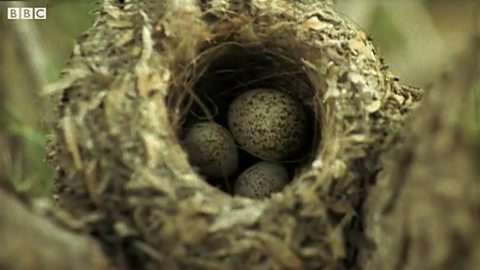
Animals with spots and stripes. video
The natural patterns of giraffes, leopards, tigers and zebras are celebrated in this video about spotted and striped animals.
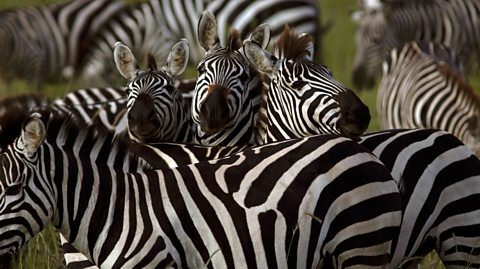
Characteristics of amphibians. video
Amphibians live in and out of water, and even transform from tadpoles into frogs, in this video slideshow.
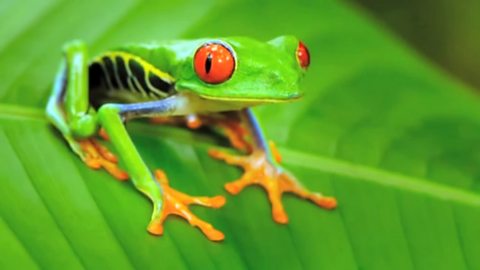
Characteristics of fish. video
Adaptations like fins and tails help all kinds of fish, even giant sharks, to live underwater in this video slideshow.
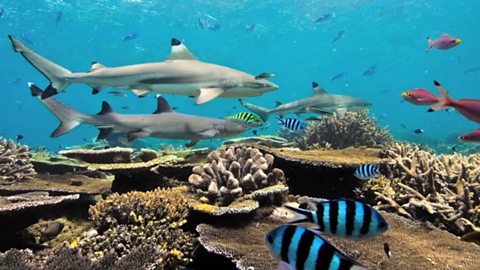
Characteristics of spiders. video
Discover how spiders use their eight legs and eyes to spin webs and hunt insects in this KS1 Science video on types of animals for primary schools.

Nocturnal animals and birds. video
Barn owls, mice, hedgehogs, bats, badgers, moles and worms come out at night in this video about nocturnal animals.
